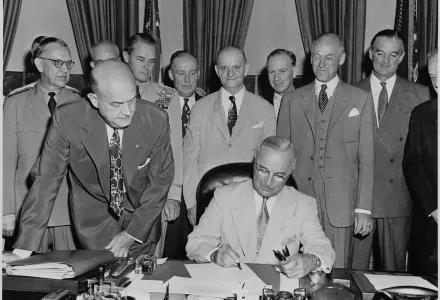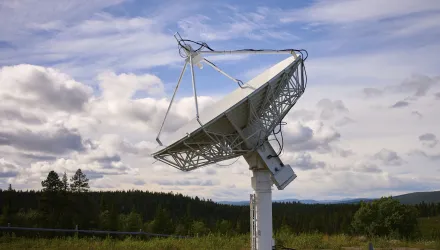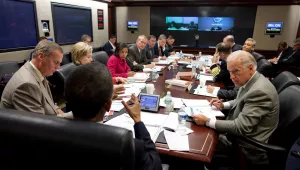
Introduction
Seventy-five years ago, the US Congress passed the National Security Act of 1947 to address the shortcomings in national security that had been identified in the run up to and during WWII. At the beginning of the nuclear age, and with the Soviet Union looming as the primary challenger to the US and democratic countries, the Congress established institutions including the National Security Council and the Central Intelligence Agency to meet the national security needs of the 20th century. Given that much has changed in the world since 1947, the Intelligence Project decided to put the question of our national security posture for the 21st century out to the public in the form of an essay contest. The Intelligence Project in conjunction with the Applied History Project then held a one day symposium on the topic, featuring the winning papers.
The winning essays, from a field of approximately 75 applicants, were authored by (1) Russell Travers, (2) Sophie Faaborg-Andersen, and (3) Marie Couture and Laurie LaPorte. The authors' winning essays appear in this report.
Faaborg-Andersen, Sophie. “Imagining a New U.S. National Security Act for the 21st Century: Winning Essays.” Belfer Center for Science and International Affairs, Harvard Kennedy School, July 19, 2022





